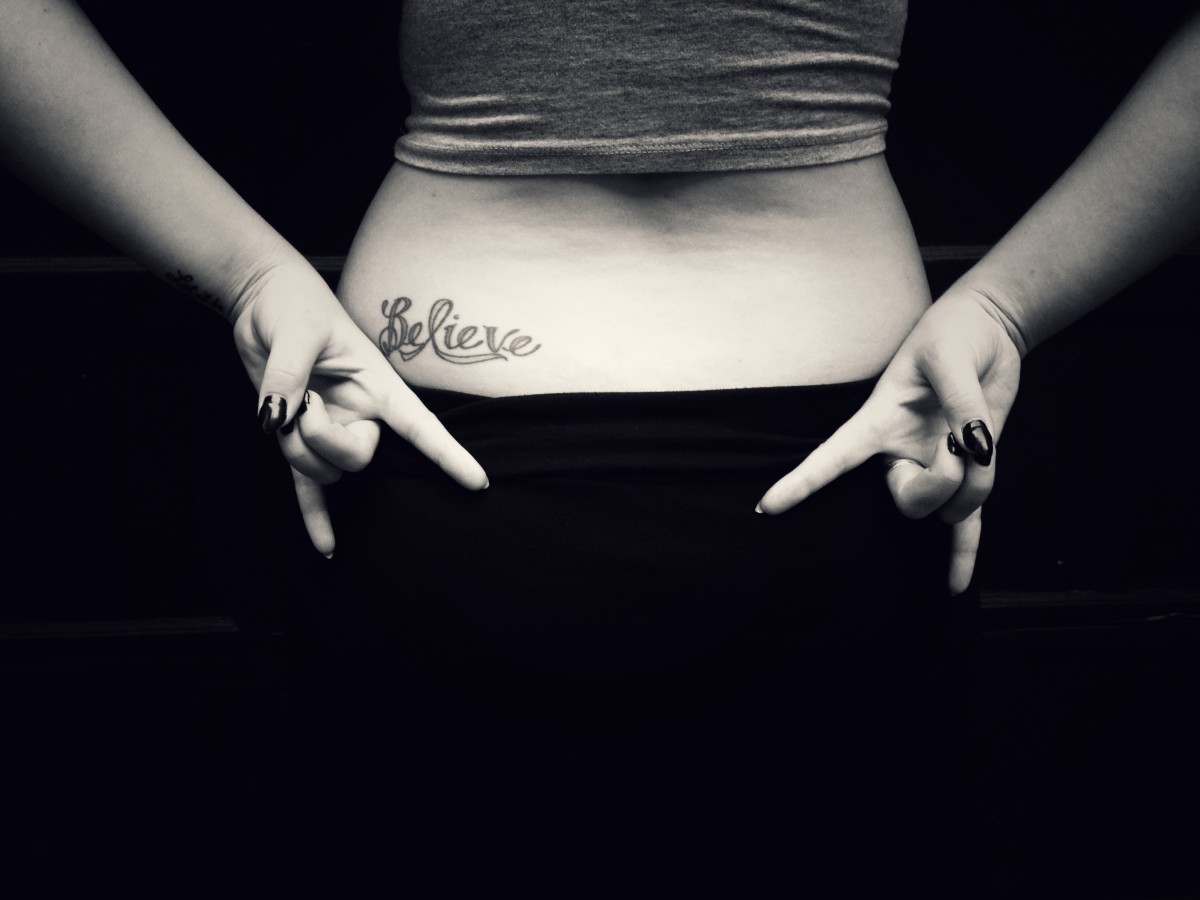My favourite saying is “Life is not a popularity contest”. It’s a maxim easily forgotten in these days of convergence. But in my opinion it’s more true in business than anywhere, and most true in terms of how companies need to think about their branding.
Every brand should be actively looking to put distance between itself and its competitors. And since true difference of offer is now one of the hardest things to achieve and maintain, the most effective and cost efficient way to do that is through difference of opinion.
Pick a fight, make a point
Every brand should look to make enemies. If I’m working on a project with Audacity where our client is #2, #3 or further down the pecking order, I start by looking for a way to pick a fight, or at least a debate, with our client’s nearest rival. Because when you do this, you give yourself an opportunity to espouse a “sticky” world view, one that people are drawn to and wish to acknowledge and support (by buying product).
If you do it well, you also draw competitors into competing with you on your terms. Apple’s PC Guy advertising campaign was a classic example of picking a fight to make a point. And the point was – we’re the significant alternative to a Windows-based world.
Difference of opinion is the fastest way to move from being an option to being an alternative.
You don’t want to be an option. Because options are like-minded decisions. An option is “I could do this, or this, or this, or this”. Read – “because it doesn’t actually matter and I feel the same about most/all of them”. Because of this, options often become price driven decisions. Say for example I need to get to Hong Kong, and I feel the same about all the airline options, I’ll very likely to pick the cheapest one.
Alternatives are different headspace decisions. Alternative is “because I don’t want/like/agree with A (or what I’ve been led to believe A stands for), I’m choosing B”. That decision is personal. It’s aligned with what a customer wants and thinks they deserve. It’s about what they believe. It’s about what they actually think is right. That’s a powerful basis for a decision. (Be warned though – if you’re going to take this route, you need to be sincere about it and you need to follow through on your commitment at every point. )
Which are you?

